Imagine the Falkland Islands as having the scenery of the Scottish isles, but the size of Wales. With penguins…
Hey, this feature looks even better when viewed via Pocketmags; you get the full graphic designed layout on your device FOR FREE! It’s not quite as beautiful as the paper magazine but it’s better than a basic webpage.

Words and photos by John Hellowell
The Land Rover bounced along the stone track, each jolt reminding me just how far I was from the nearest bike shop. “The world’s Land Rovers come here to die,” I was told by my ‘taxi’ driver and I can see why. Everyone drives a 4×4 because the terrain here dictates that. We’re in the Falkland Islands, where every vehicle tells a story and mine was about to begin on two wheels.
Latest Singletrack Merch
Buying and wearing our sustainable merch is another great way to support Singletrack
If you’re picturing the Falklands as just another dot on the map, think again. This British Overseas Territory sprawls across an area the size of Wales, with 400 islands scattered across the South Atlantic like nature’s own obstacle course. Only 20 of the islands are lived on. So you ain’t going to do a full tour in a couple of weeks.
Only 3,000 souls call this place home – though they share it with an abundance of ocean wildlife including five species of penguins who seem decidedly curious about my arrival.
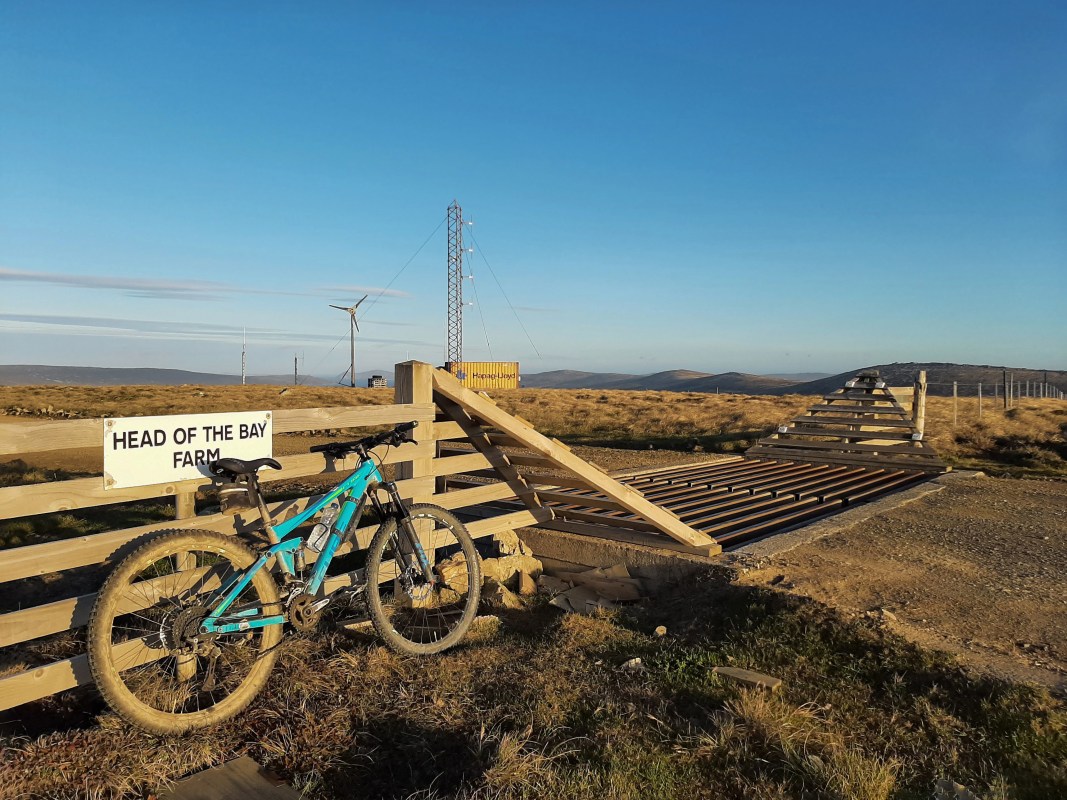
Do we need a quick history lesson?
The Falkland Islands became centre stage for the world in 1982 when Argentina made an unwelcome visit, claiming the islands as theirs and leading to the 74-day battle that became known as the Falklands War. At the time, many thought the Falklands were part of the Outer Hebrides and couldn’t understand why Argentina was claiming the islands as part of their territory.
Yes, folks, it’s a British Overseas Territory some 300 miles off the bottom coastline of South America and has been so since 1765 when the islands were unoccupied and well before Argentina became a nation in its own right in 1816.
iving here now, as I have done for six years, you could easily confuse yourself into thinking you were in fact living in the Outer Hebrides, except this place is remote. In every sense of the word. Imagine Scotland’s wildest corners transported to the edge of Antarctica, then throw in some of the most remote cycling routes you’ll ever encounter. This isn’t your average mountain biking destination – it’s an expedition on two wheels.
Wild corners
My journey began in Stanley, the islands’ capital and only town – //ITS// sorry, ‘city’ these days. //ITS// With its colourful corrugated-iron roofs and few wind-bent trees, it feels like the last outpost of civilisation – which, in many ways, it is. From here, my three-day North Camp circuit would take me through terrain that has far more sheep and penguins than people. The sea is never far away, the hills are never far away. The scenery and wildlife is incredible.
Getting here is half the adventure. Forget convenient connecting flights and regular schedules. You have exactly two options: catch one of the twice-weekly RAF flights from Brize Norton in Oxfordshire (if you’re lucky enough to bag a civilian seat). This is not a scheduled airline service and the RAF only puts aside limited seats for civilians on each flight. Falkland Island residents take priority. Visitors have to get on a waiting list. The alternative is to fly via Chile every Saturday, weather and wind permitting. No other way of getting here; no scheduled passenger shipping line and no other airline ever comes here.
When I came here in 2018 I brought my almost new CUBE Stereo SL with me, but if you ever decide to take a trip here you can hire mountain bikes and a local guide. As a newcomer back then, having been warned by locals about the terrain and its remoteness, I decided going with a guide was worthy of serious consideration. Dan Biggs at Falklands Outdoors is the man to talk to. A native Falklander, Dan knows the local terrain and weather systems like the back of his hand – and in terrain this remote, that knowledge is invaluable. What follows is a tale of that first eye-opening tour.
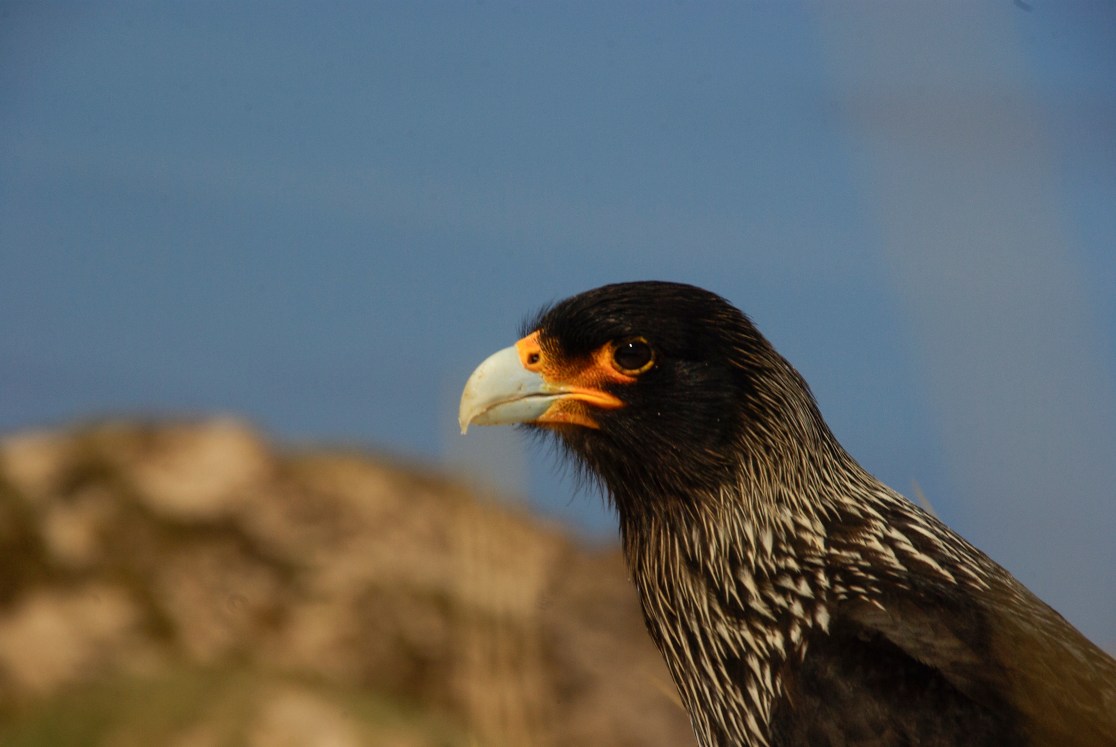
Taking in the sights
Day one started with a relatively easy warm-up day with a relatively easy-going coastal track around Cape Pembroke Peninsular to the east of Stanley, taking around four hours. Some off-roading skills are required for gravel tracks/roads. Stanley is surrounded by common land so riding most places is permissible. My route out to Cape Pembroke from Stanley, the islands’ most easterly point has, since coming to live here, become one of my short route favourites.
Dan, I quickly learned, is quite laid back about things, while also an expert guide. “You are likely to come across wildlife. Penguins, elephant seals and sea lions on land are common sights while on your travels. Whales and dolphins close inshore are not unusual sights either. Please respect them. They are in their natural environment. Taking pictures is fine, but no selfies. And don’t feed the penguins!”
My round-trip coastal route around Cape Pembroke took some 12 miles, setting off from Stanley. Once out of ‘town’ there are no refreshment places, so I took my own.
Not long into our journey, as we skirted south past Stanley Airport, we encountered our first ‘roadblock’ as about 20 penguins wanted to cross our track. One curious juvenile broke ranks and approached my front wheel with comic deliberation. Its head tilted, as it examined the strange mechanical creature that had invaded its territory. Behind it, the colony continued its daily commute between nesting ground and sea, creating a traffic jam that would only happen in the Falklands. We waited for the last one, the crossing guard, to complete his inspection, before we cycled on.
At the far end of Cape Pembroke (the most easterly point of the Falkland Islands too), we got to the disused lighthouse. Currently, under a careful restoration managed by the Falkland Islands Museum and National Trust, this historic monument is steeped in its own history. It’s a photogenic gem and an artist’s dream. From the lighthouse, we took the northern track along the peninsular back to Stanley when Dan pointed out a turkey vulture, one of the Falklands’ distinctive birds, perched like a sentinel.
We decided that our trip out to Cape Pembroke would be a good warm-up for things to come over the following few days and returned to Stanley to our digs and to prepare for what was to be a journey I will remember forever.
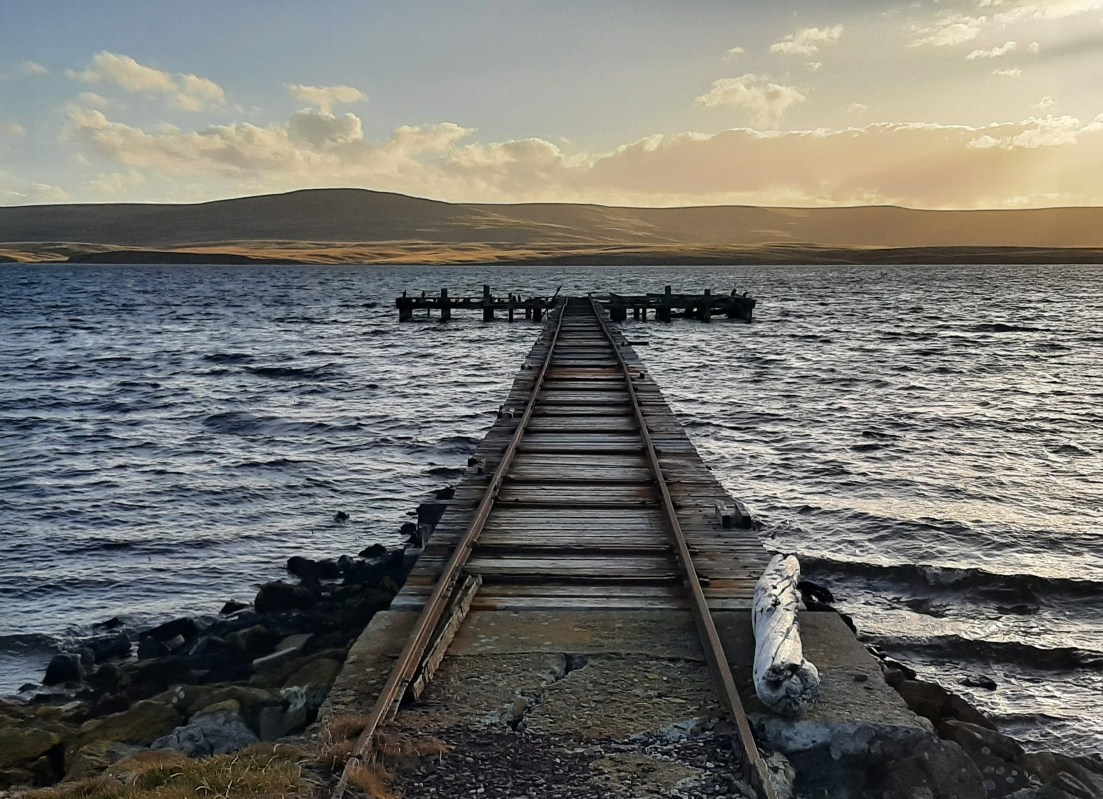
An island in my pocket
All land outside Stanley is known as ‘Camp’ and is owned by somebody. It was, therefore, a good idea that I chose to ride in Camp with a guide. Dan, known to all, easily got permission as we would be going over private land beyond Camp in some areas.
Before we set off I learned that detailed maps of the Falklands are virtually non-existent. The Falkland Islands Tourist Board gave me a pocket-sized folding tourist map for free. There’s not much else to plan a route with, hence Dan’s guidance was needed.
Day two started at 5am with dawn breaking over Stanley harbour, painting corrugated-iron roofs with shades of amber and rose. The wind – an ever-present companion in the Falklands – whispered of adventure and challenges ahead. Even so, the weather looked promising to my inexperienced eye. The sun was already out and my mountain bike, propped against a weather-beaten Land Rover, cast a long shadow across the gravel track. That was where my journey began… Camp (or at the edge of civilisation) where tarmac gives way to wilderness.
My challenge for the next few days was the North Camp circular route, covering well over 150 miles in three days and experiencing some true Falklands hospitality, staying on farms en route, so I knew a good level of fitness would be needed. This is an endurance trip and not for the armchair cyclist, but I was with Dan and Dan knows everybody, so his familiarity was a great comfort.
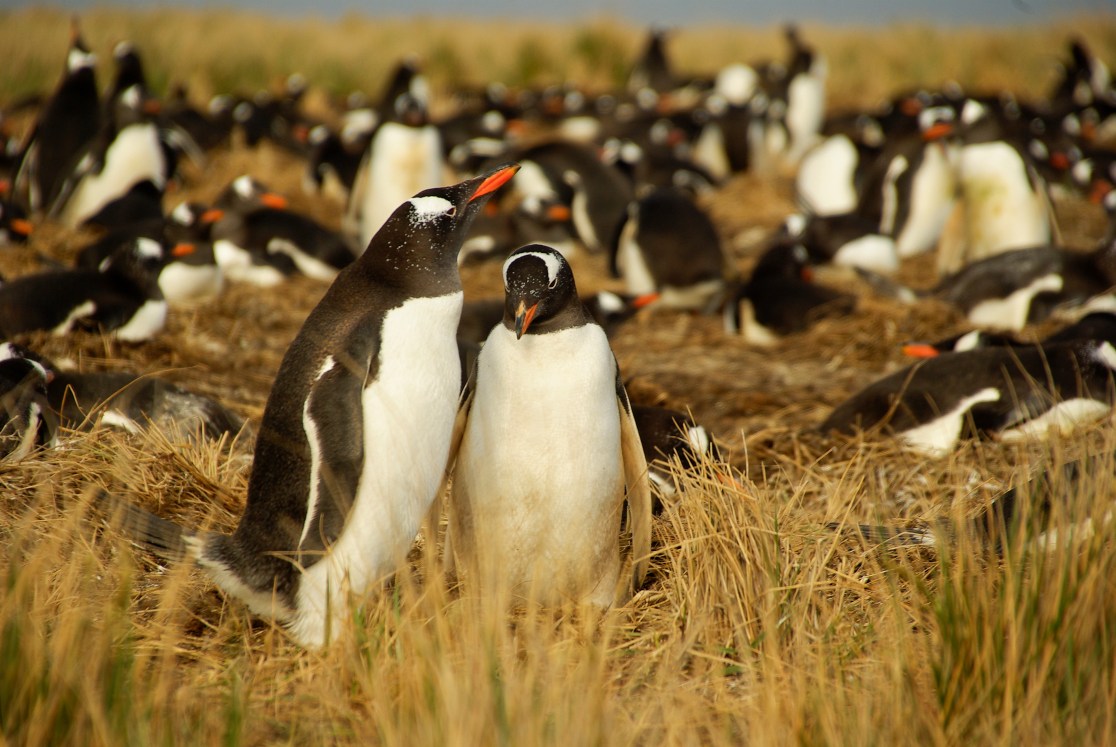
Bigger than it looks
Day one was a testing 74 miles over the Camp terrain starting on the North Camp route some eight miles outside Stanley. From there, stone tracks would be the norm for the next few days. The terrain varied from right from the start. I got my first tasting of steep inclines and descents plus miles of undulating empty Camp track in the first two hours of the journey. I was not ready for what came next…
The storm announced itself with a wall of grey charging across the landscape. One moment we were riding under clear skies; the next, we were caught in a meteorological ambush. The wind doesn’t just blow – it howls, it sings, it tells stories of Antarctic ice and South American storms. Rain came in horizontally and turned the track beneath our wheels into a challenge worthy of any world-class enduro.
And then, within ten minutes, the weather’s transformation was spectacular in its totality. Sunlight and shadow raced across the landscape like competing armies. Clouds built and reformed with time-lapse speed, creating shapes that seem to mirror the terrain below. The wind shifted direction with practised choreography, testing our balance and resolve from every angle. I’d been warned about Falklands weather, but experiencing it was like stepping into nature’s own theatre.
I was taken aback by the sheer vastness of the remote landscape. Dan and I travelled for miles without seeing habitation. However harsh the environment may appear, be assured people are making their living out here. Organic farming of sheep and cattle is nothing new… It is the norm here. Wool is big business.
The first warm-up ten miles took us through breathtakingly mountainous scenery, skirting under Mount Challenger on our left with the Two Sisters to the right. We could see the size of Mount Kent, thankful that we would only be shouldering this hill. Soon we were descending towards Estancia and looking towards the northern plains. This is where I started to really appreciate the vast open spaces of the Falkland Islands, not realising that I was actually only looking at a small part of the landscape. There was far more to come in the days ahead.
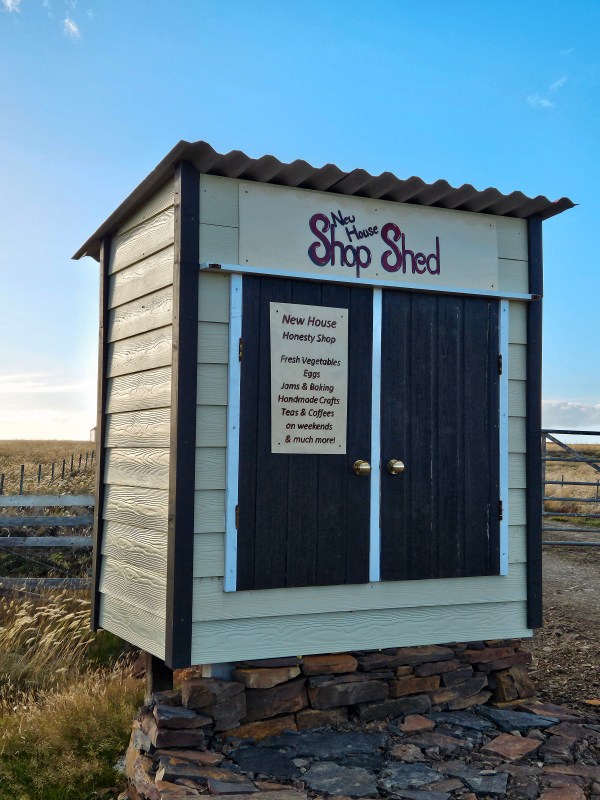
Farm fresh
Cycling past Estancia Farm, home to the Heathman family, we were now near sea level and about to cross several estuaries heading towards Riverview Farm for a ‘smoko’ (the local term for a short break with food and drink). Darren and Stacey Bagley and their three children, Jada, Toyha and Carter of Riverview Farm, entertained us with hot drinks and homemade cake – a most welcome break. Dan and I said farewell to our friends at Riverview before starting the long gruelling ascent climbing over Malo Hill, making good ground toward Newans Station and Teal Inlet. This was probably the most photogenic spot of our entire journey. The sun was shining, making another good excuse to take a break to appreciate Newans Station and its faded grandeur. Newans is still very much a working farm. Here is where you’ll also appreciate why they say ‘The world’s Land Rovers come here to die’.
For the next 25 miles, we covered relatively flat ground on the North Camp plains. A look at the map showed me names like Ball Mountain Flat, Rodeo Point and Chata Rincon. Passing through Hope Cottage and Home Farm, we were cycling hard and making good ground heading for New House – the most northerly point of the journey.
The opportunity for a snack stop came at New House. There’s a small ‘shop’ on the roadside, which usually stocks soft drinks, locally made fudge and biscuits. Locally grown produce is available in season too. You simply put your money in the honesty box for your purchase. The ‘shop’ is open 24/7.
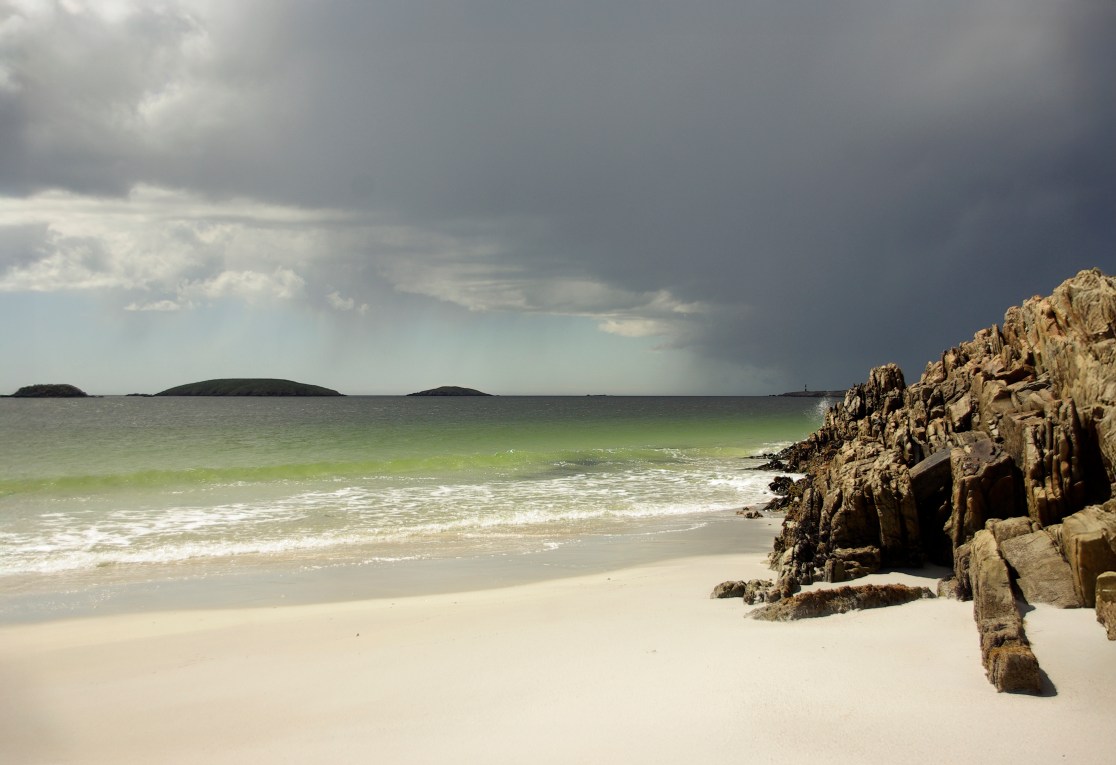
Stopping at last
Our path then took us in a south-westerly direction and the distant hills soon loomed in front of us. ‘Some of these are for day two, so no need to panic yet’, I thought to myself. We were now in some dramatic, beautiful and remote terrain. We kept our fingers crossed that the wind and weather didn’t turn against us before we got to Port San Carlos. As it happened, the rain was kind, but the wind started to increase and hampered progress for the last hour of our day.
Our first night’s accommodation was at Race Point Farm, Port San Carlos, staying with lovely hosts John and Michelle Jones. After a welcoming drink, we were greeted with a hot shower and comfortable self-catering accommodation (which sleeps up to eight people). There’s even Wi-Fi.
When I mention the weather and its vagaries to Michelle and John, I had this response: “In the Falklands, weather isn’t something that happens to you… it’s something you dance with. Watch the sky. Look for where the dark cloud meets the brilliant sunshine. That’s where your weather forecast is, right there.” I’ve never heard it put better than that before or since.
At Race Point, you can experience wildlife at its best, including penguins at close quarters. I took a relaxing stroll along the beach close to our cottage to find an enormous elephant seal had claimed the beach as its temporary home. I watched rather nervously and patiently as the creature regarded me with magnificent indifference, occasionally lifting its head to release a snort that seemed to say ‘Go around me if you wish’. I was learning that here, wildlife always has the right of way.

The long way back
Day two and seven miles of backtracking before we could consider fording the San Carlos River and heading towards San Carlos (not Port San Carlos, that’s different) and Blue Beach. We spotted a bridge just downstream instead of the ford, which was probably a wise choice following the overnight rain.
That day we were facing a headwind so I knew we were in for a challenging time. For the rest of day two, it was long ascents and descents. However, the good news was that we’d do fewer miles. Getting into the mood is a challenge, though, I could see several long climbs ahead of us. We put our heads into the wind and rain and just went for it.
Soon we had a climb ahead of us, a relentless two-mile incline taking us over Third Coral Mountain. By the top, the rain had stopped and we had a spectacular view all around. We could see mile after mile of this vast beautiful landscape. I couldn’t see any evidence of human habitation. Anywhere. This view puts the Falklands in perspective. Believe it or not, I was still looking at just a small part of the landscape. Fortunately for weary muscles, we had some respite as we headed downhill towards Greenfield Farm.
Further relief was in sight as an old wooden sign showed there was only seven miles to San Carlos and our rest spot for the night. However, I was fooled, as the track here turned into clay and was very hard going after the earlier wet weather. In dry conditions, I’ve no doubt it would have been a breeze for a few miles.
The headwind became a nuisance. We still had the final gruelling hill of the day to climb taking us over Rocky Mountain. The reward was waiting for us at the peak of the mountain where there were more spectacular views looking down at San Carlos Bay towards the open sea and Falkland Sound in the distant west. From there our accommodation was only 20 minutes away and I was ready for it.
Tea first. Then stories.
Night two, we stayed at White Grass cottage at Kingsford Valley Farm in the heart of San Carlos Settlement where you can experience life staying in a ’community’ of some six people. The farm is set in a very beautiful area overlooking San Carlos Bay. Sheep farmer Matthew McMullen greeted us like old friends, though we’d never met before. His handshake was firm, hands weathered by years of farm work, and his eyes sparkled with the kind of welcome that can’t be fabricated. The farmhouse kitchen, with its Aga stove, radiated warmth, becoming our sanctuary from the late afternoon wind.
“Tea first,” he insisted, pulling out chairs worn smooth by generations of visitors. “Then stories.” The tea came in mugs large enough to warm both hands, accompanied by homemade cakes that Matthew’s girlfriend Andrea has perfected over time. ‘The secret’, she confided, ‘is eggs from our own chickens. Everything tastes better when you know the chicken it came from.’
As daylight faded, Matthew unfolded tales of farming life that made our cycling challenges seem tame. “Last winter,” he recalled, “we had to rescue three hundred sheep from Rocky Mountain during a storm that would’ve blown your bikes to Brazil.” I get the feeling farming is not easy out here. “But I love this place; out here, your hard work and your reputation are all you have,” says Matthew proudly.
We stay the night in Whitegrass Cottage, the farm’s self-catering cottage. Nice cosy spot and a welcome night’s sleep.
Another roadblock
Day three started with a short warm-up ride as we returned to the North Camp track towards Head of the Bay. Our first climb of the day took us up the slopes of Mount Sussex, the track peaking some 200ft below the summit. We took a short diversion on a track to the summit to the radio mast and were rewarded with the view from the top.
We then had a fast descent into the bay at Port Sussex. Towards the bottom of the slope we briefly encountered two short, steep slopes known as Hell’s Kitchen. I’ve since done this in winter conditions and I know why it got its name! Just past Hell’s Kitchen, we encountered another roadblock. We waited because that’s what you do in the Falklands when wildlife claims right of way. Several elephant seals had come ashore at the head of the bay and were lounging on the road. Around 20 Upland geese waddled past, leading a parade of goslings. They eyed us suspiciously but proceeded with dignified determination. “Local traffic,” Dan chuckled, “they always have priority.”
We were now covering ground near sea level and the going got easier. The inlets of the coastline kept appearing in our travels for a few miles before the track turned inland for the next 30 miles heading towards MPA as the locals call it. (Mount Pleasant Airport, the military base, was built after the Argentine visit in 1982.) The track became a more made-up road called Goose Green Road, taking us east and wasn’t particularly difficult. It is loose stone and shared with other traffic, but we only encountered a few 4x4s in 20 miles as we headed towards MPA. By then I think I’d got used to the wonderful solitude.
The terrain that day was not difficult compared to the previous two days, but this was welcome as I now know that this route is not for the faint-hearted mountain biker! (Are there really such things?) I felt a great sense of achievement after three days of hard going and reflected on what it’s like experiencing the challenges of being in one of the world’s most remote places. It’s a feeling that has never left me.
As Mount Pleasant appeared on the horizon, marking our journey’s end, the full impact of the past few days began to sink in. The Falklands worked their way into my consciousness with each pedal stroke, each wildlife encounter, and each conversation with locals who’ve chosen to make this remote corner of the world their home.
We’d cycled through landscapes that have remained essentially unchanged since the first settlers arrived. We’d shared tracks with creatures that had never learned to fear humans. We’d experienced weather that doesn’t just happen around you – it happens to you and through you, becoming part of your own story.
As we reached MPA and the island’s only tarmac road outside Stanley I realised that there was an ‘easy’ 32-mile road to our journey’s end. To my surprise, Dan had arranged transportation to collect me and take me back to Stanley. What a man he is, I was grateful… for everything.
Postscript
In 2018 I decided to make the Falkland Islands my home and did this journey not long after arriving there. Although now retired, I still spend half my life in the Falklands (and half in the Isle of Man). It has had a profound impact on my life. It is a truly wonderful place to live and visit. I have met incredible and wonderful people. They live among some of the world’s best wildlife and beauty.
On reflection the Falklands haven’t just left footprints in my mind – the place and its people have left marks on my soul.
Guide Services and Bike Hire:
Dan Biggs
Falklands Outdoors Ltd
Stanley
FIQQ 1ZZ
W: falklandsoutdoors.com
E: info@falklandsoutdoors.com
Pocketmags is free for subscribers
Hey, this feature looks even better when viewed via Pocketmags; you get the full graphic designed layout on your device FOR FREE! It’s not quite as beautiful as the paper magazine but it’s better than a basic webpage.
New arrivals
-
Singletrack Bobble
£24.00 -
OG Ride and Shine Shirt
£25.00 -
Issue 163
£10.00 -
Beate Kubitz Classic Ride Print #127 Walna Scar Road
£44.99
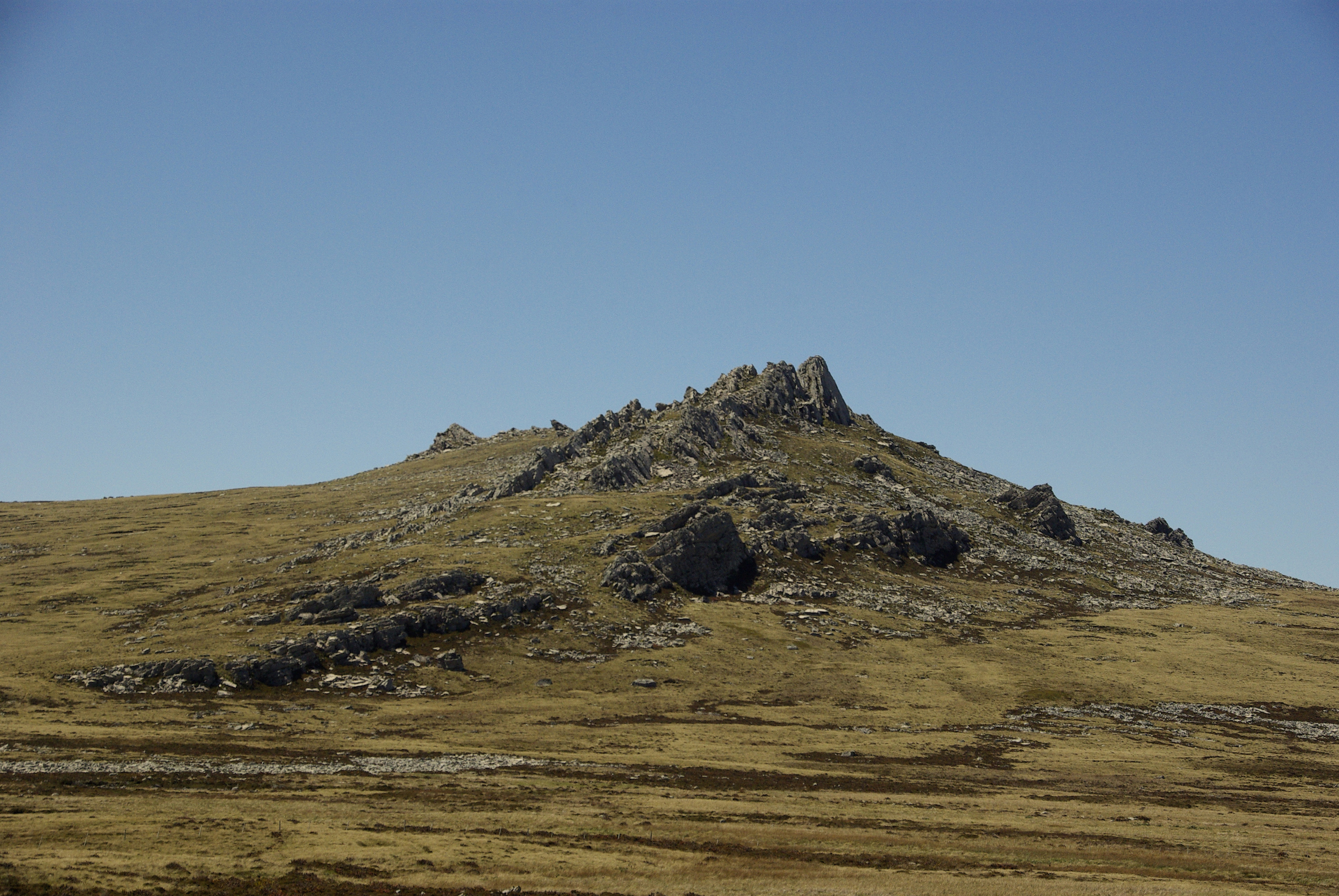




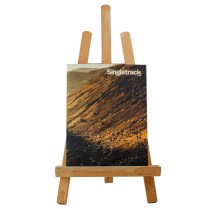
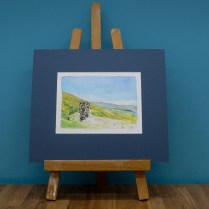
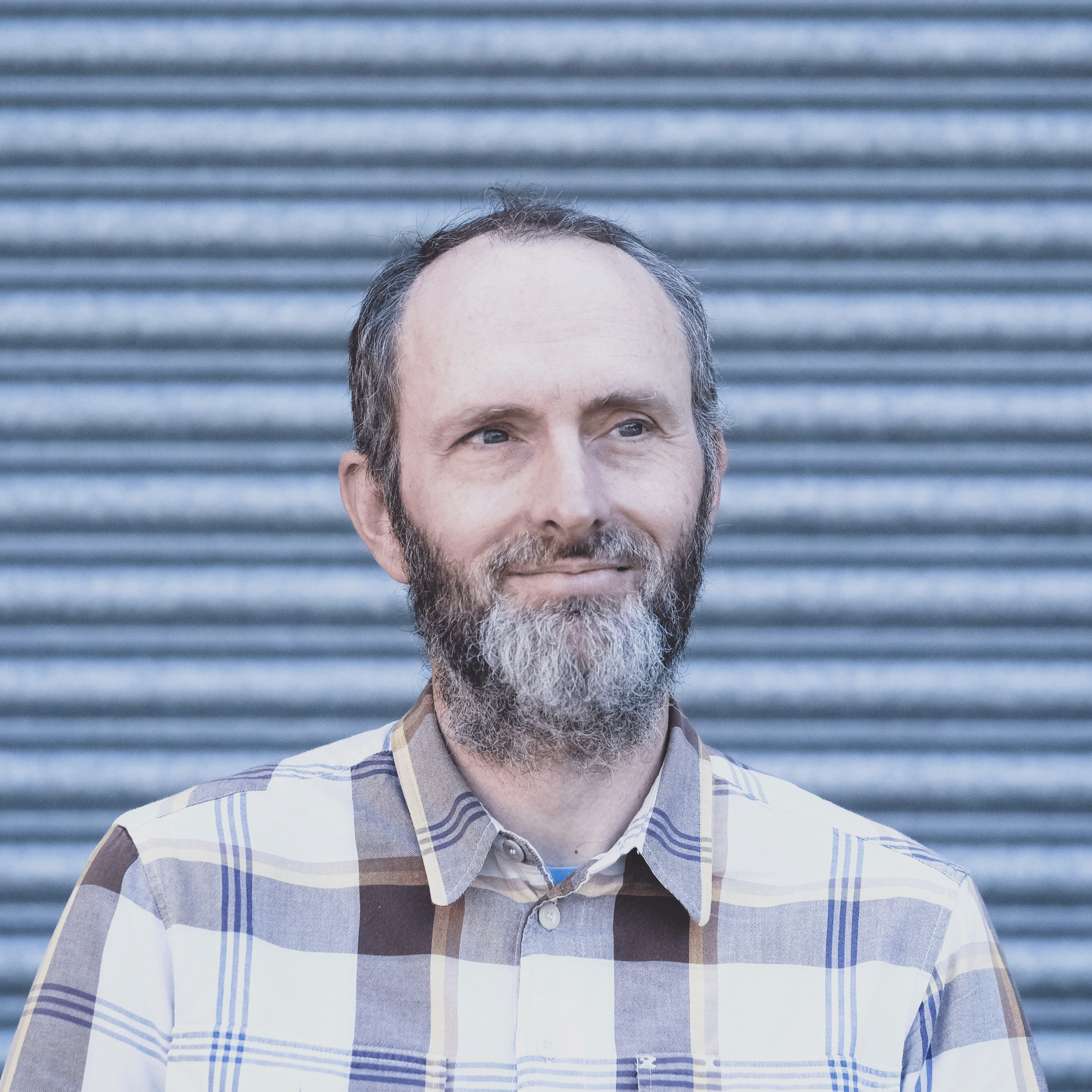
I took my Mountain bike in 96, the wind is terrible so it didn’t get ridden much. Great place though, many more roads now.
You mean the Malvinas?
*runs away*